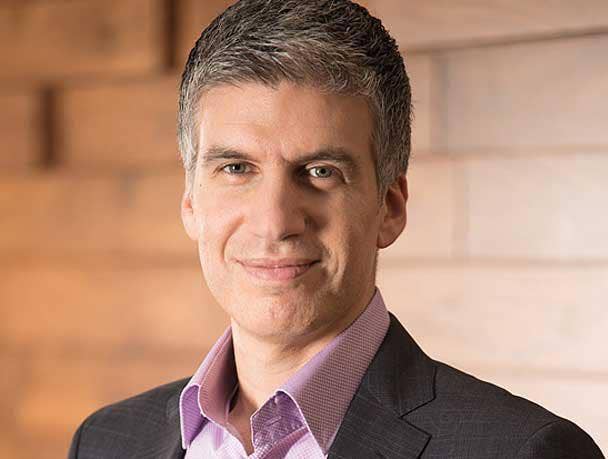
April 28, 2022
Rami Rahim, CEO, Juniper Networks
Rami Rahim, CEO of Juniper Networks is someone who truly can be labeled a pioneer in the building of the Internet. Headquartered in Silicon Valley with over 9000 employees, operations in 50 countries and over $4.7 billion in revenue, Juniper Networks played a pivotal role in how we all communicate today. A remarkable leader with two-plus decades of experience at Juniper, Rami has received many accolades including being named by The Economic Times as one of the “most loved CEOs.” Juniper is one of the behind the scenes sort of companies that doesn’t get the attention of the media the way other, market-facing, brands do and I was delighted to pick Rami’s brain about the future of networking.
With telecom and infrastructure growth having slowed due to supply issues along with competition from cloud services, we discussed how the company is rebooting into more agile growth and moving from this hardware centric world into software, AI-driven cloud services, security and 5G.
As Rami says “Juniper has always been a true innovator in IP networking technology. We were builders of the infrastructure that helped the internet scale at a time when service providers were really struggling to keep up because it was at the cusp of the.dot-com boom. Imagine a little upstart company trying to convince service providers to trust their networks with a startup’s technology. The only reason I think we managed to get that kind of trust was because they really had no choice. Traffic was exploding. They needed technology that could keep up with it. We had an innovative new architecture and were developing routers with silicon technology. We offered a very scalable internet, and a great operating system to keep up with that demand.”
Juniper has rebooted itself for the cloud-based world.. “But we have evolved our business and diversified it. Now it’s very nicely split between telecom operators, which remain extremely important to us, cloud providers, (all of the major hyperscale cloud providers in the world are our customers), and global 1000 type enterprises that are increasingly trusting their networks, on our technology.In the early days, our claim to fame, our credibility, our pedigree was scale and performance. But things have evolved beyond that into experience. Right now, if I talk to a CTO, CIO or CEO of a big fortune 500 company or a telco or a cloud provider, their biggest challenge is complexity in network operations that is slowing them down. The solution to that is software driven innovation, AI-driven innovation that will remove the complexity from running networks. And yes, it will remove the human factor from running networks altogether.”
Rami is a big believer in the “data is the new oil” paradigm that prognosticators like Scott Galloway talks about. “Data is now the most precious, valuable resource in the world and we as a planet are accumulating data at an unprecedented scale,” he says. “I heard the stat that 90% of all data in the world has been accumulated in the last two years alone. So now the question is, what do you do with all this data?”
To Rahim, “That’s where AI comes in. There is no way for human beings to process this data manually.” So what is AI, that much misunderstood and jargonized entity? To Rami, “AI is this new breed of learning – not learning through programming algorithms, it’s actually learning by looking at patterns in data, and connecting it to our industry. We are as an industry sitting on a goldmine of information that today is largely untapped. AI, as applied to our industry of networking, is incredibly promising. It gives our customers the ability to collect data in real time, I’m not talking about the spooky customer focused AI, but the performance data that gives us real time visibility of the experience of every user on the network as they do whatever they need to do on that network. You take that data, you learn from that data, and then you automatically translate it into useful things.”
What’s the outcome? “For our customers we are looking at things like the fastest deployment times, the fewest trouble tickets, the fastest time to resolution of trouble when there is in fact trouble. Typically, you’re solving problems before humans even know that a problem exists.” With the ability to expand through building, buying and borrowing capabilities, look for Rami and his teams to continue their growth through a smart mix of partnerships, investments and acquisitions.











